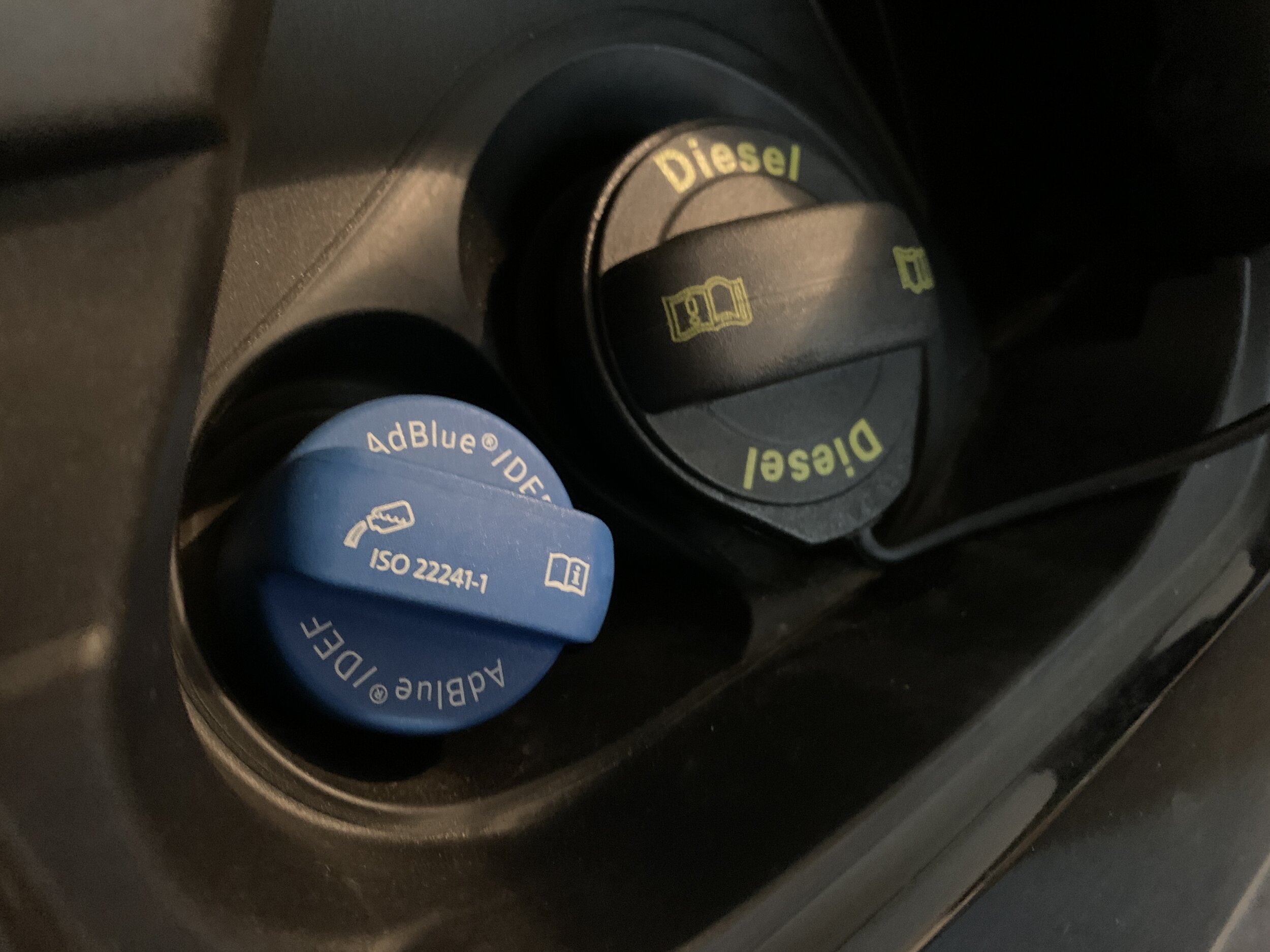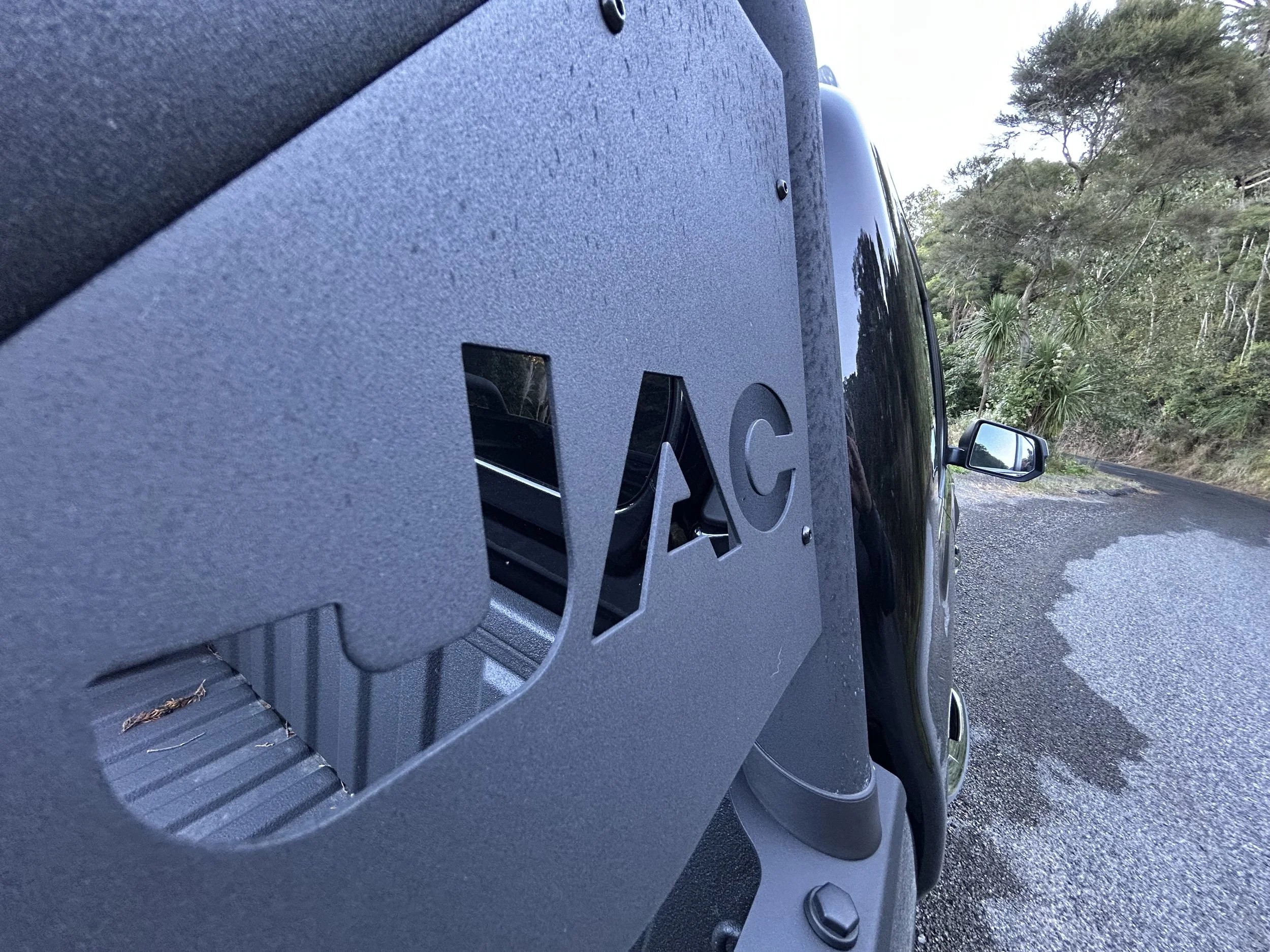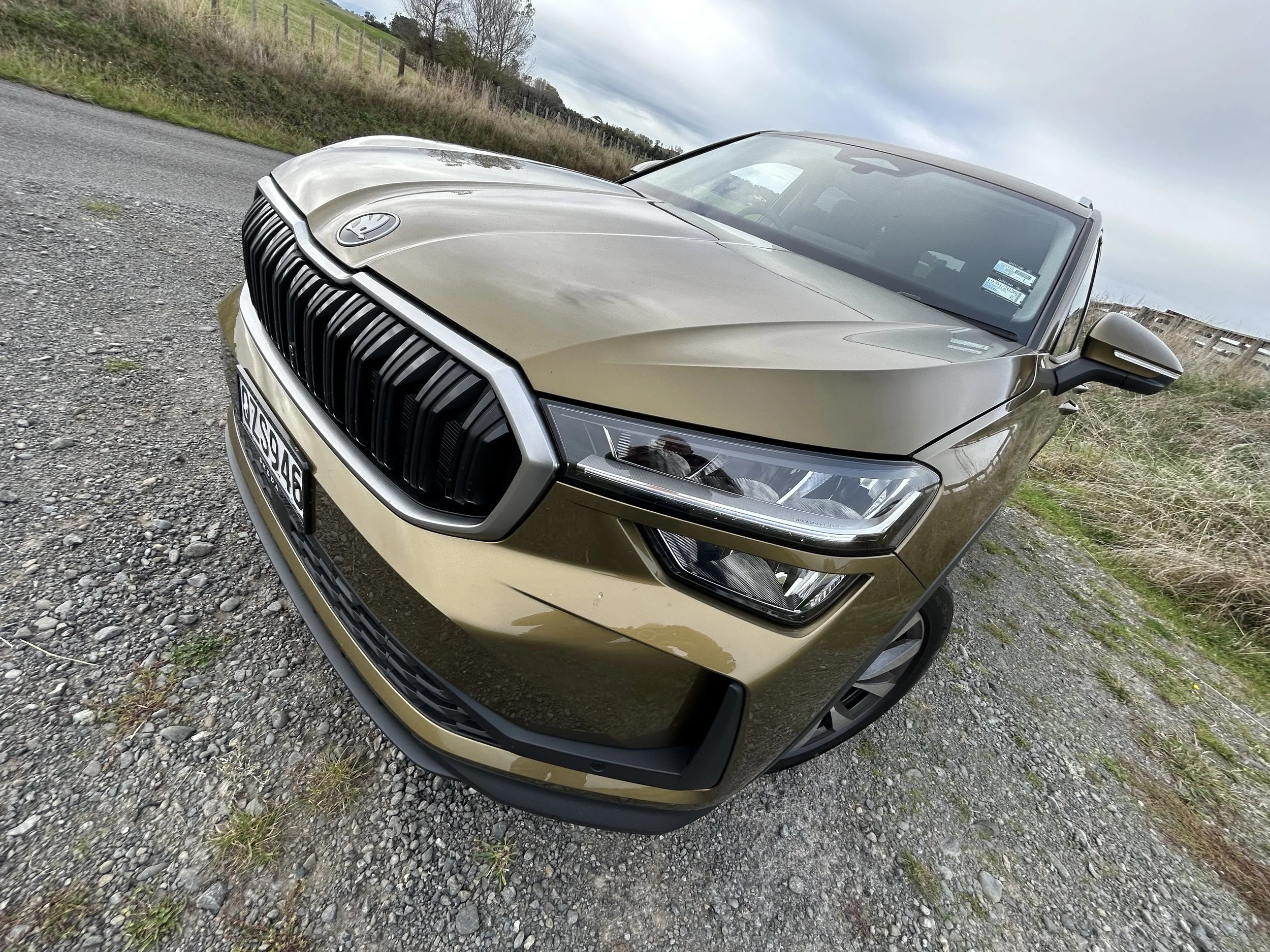Hilux to debut ‘DPF drama’ cure
/It took years and huge effort here, but Toyota reckons it has finally smoked an emissions control issue dogging a core diesel engine.
Spencer Morris with the updated catalytic reduction system and particulate filter that will not only feature on the impending 2020 Hilux, Fortuner and Prado but will also become a retrofit for pre-face NZ-new examples of those models.
NO more white smoke, no longer a risk of a blackened reputation – that’s the expected outcome of a fix for an engine powering Toyota’s recreational and utility vehicle push.
Toyota New Zealand is confident the refreshed version of the 2.8-litre four-cylinder turbo diesel progressively rolling out over the next few months – initially in the upgraded Hilux on sale imminently then its sports utility sibling, the Fortuner, and lastly the LandCruiser Prado - has reconciled an emissions technology failing that has affected examples of those models for some years.
A remedy that has been on trial here since last year is good news for those customers who own pre-facelift examples of those cited vehicles, too, as the brand intends to retrofit these with the fix, as well.
Optimism voiced by the Palmerston North-headquartered brand’s technology expert and after-sales manager, Spencer Morris, that problems with the engine’s catalytic reduction system and the diesel particulate filter (DPF) intrinsic to its operation have finally been nailed has come along with frank discussion about how much time and effort – primarily here, ultimately in Japan - has gone into reconciling an issue that might have caused customer disquiet.
the updqted hilux, now just weeks from going on sale, will be first to debut the big fix.
“It’s been a complex problem to solve,” Morris acknowledged.
“It has not been easy for us. We have had a number of Japanese visitors out to assess the issue and have had quite hard conversations about how to get on top of this.
“Every time we did something (remedial) the fail rate went down, but we never got a 100 percent cure until now, with a new DPF.”
Fitted between the engine and exhaust, DPFs collect soot and dangerous particles from diesel.
Because DPFS, like any filter, only have a certain capacity the captured pollutants – some carcinogenic (meaning they can cause cancer) – have to be burned off, a process called regeneration.
All going well, the system will reduce particulate emissions by around 80 percent compared with your diesel-powered vehicle not having one, but the process requires the engine reaching a certain temperature and maintain it for the period of regeneration.
The system previously used by the 1GD-FTV 2.8-litre from 2015 until now has proven problematic in its original design, though curiously just within Australasia.
In saying that, while around 2000 New Zealand-new vehicles have returned issues, our market has come off lightly compared to how our neighbour appears to have fared.
The total count of vehicles showing issues here represents just 10 percent of total Hilux, Fortuner and Prado volume achieved over the past five years.
This suggests a much lower impact than is reported in Australia, where the issue has triggered a class action lawsuit, yet to be reconciled, on behalf of angry owners.
For its part, TNZ has determined to be highly proactive – not only will the updated models of the affected product have a new combined DPF and catalytic converter that provides resolution, but that part is also to be issued as a retrofit to all the vehicles it sold within the time frame where it has potential to become an issue.
“Now we have a fix our intention to over time replace all of them. Our priority (to date) has been problem vehicles and we have pretty much worked through them.”
The redesigned DPF that Toyota Japan has created for the updated models coming soon has been trialled here since last year.
“We have fitted it to the very worst affected vehicles since last year that we couldn’t (previously) fix and it has provided a satisfactory fix … we’re very happy with the outcome and, more importantly, the customers were happy with the outcome.”
Morris reinforced that TNZ always took the issue seriously and was absolutely committed to finding a resolution as customer satisfaction was always the highest priority.
“We replaced some vehicles because we inconvenienced some customers so much. We had a number of attempts of fixing their vehicles and, in the end, we said ‘we have mucked you around too much.’ So the conversation went down the route of replacing.”
updated Prado is also due to take the refreshed technology.
What might have saved us could be the weather: Simply, the hotter the climate, the worse the problem seems to be. Also, it seemed less prevalent on automatics than the manual.
Says Morris: “From what I understand, this was not a global problem. It was very much our markets.
“Ambient temperature is an issue … we have certainly not seen it as a nationwide issue. The further north you go, the worse it seems to get.”
However, it’s not the sole factor for failure. Another is a common challenge for all diesel powertrains with DPFs struggle to cope with: Long-term idling and vehicles being driven short distances and at low speeds also accelerated the build-up of particulate matter.
Either way, the Toyota problem at its worst was impossible to ignore; blockages and the tell-tales of foul-smelling emissions from the exhaust, poor fuel economy and greater wear and tear on the engine – culminating in copious output of white smoke from the exhaust.
Toyota’s first try to get on top of this was an update to the engine software, the introduction of a DPF custom mode, and a manual inspection of the DPF for built-up particulate matter.
When that didn’t deliver as hoped, the factory stepped up to adding, in 2018, a button on the dashboard for owners to be able to manually regenerate the system if it was not automatically doing so at the required moment.
This button remains as a fully factory-fitted item in the 2020 models, which also gain more specific software and hardware improvements that, the make says, further improve the way the DPF operate and how it regenerates.
The button is a good back-up to the vehicle’s regenerative programming. “Automatic regeneration happens when the system determines it needs to be done, but it has to complete the cycle.
Some operators found that was an inconvenience, because the process requires a period of time to complete. The manual control therefore was better for them.
“If you’re operating in an environment where you don’t want it to regenerate during that time, you might prefer to action that process in a more convenient place.
“But I don’t know if our issue was entirely about just the regeneration, because it’s not just a DPF – that’s all part of a catalytic reduction system and it also requires a diesel oxidation catalyst, a catalytic converter.
“The DPF and catalyst are one unit. Exhaust gas passes through the catalytic converter first and then the soot is captured in the DPF.
“There are a number of different system designs but what you’re basically trying to do is poke fuel into the exhaust and get that to do the burning.
“You can do it in a number of different ways. One that is not uncommon is to inject fuel on the exhaust cycle, so you’re not combusting it, but putting it down the exhaust pipe.
“That’s problematic because it can also cause your oil to be diluted, and some brands have had that problem. We have had it in the past, on some used import vehicles.
“The Hilux uses a system that injects fuel directly into the manifold, using a fifth injector, and one of the problems we were having was seeing a certain amount of blockage in the oxidation catalyst.
“That caused white smoke and is what Hilux became known for.”
How to fix this? That was a frustration.
“We had a number of counter-measures … we tried a number of remedies along the way, all of which we thought would work … but they worked for some cases, but not for others.
“Our fault rate diminished over time, but we didn’t have a complete fix, so we weren’t able to satisfy all customers. It was frustrating for them and for us.”
But, finally, a breakthrough. “We are pretty confident now we have solved the problem.”
The end cost in dollars? Morris has no idea, but imagines it wouldn’t be paltry.
“It has been an expensive exercise but we’re all about ensuring people have a great customer experience. We regret that some people have not had a great experience in this case, but we have never given up.
“We have worked on solving the problem and stuck at it until it has been resolved.”
Meantime, as well as a resolution to this issue, the 2020 update powertrain also delivers a performance upgrade, with the engine now producing 150kW at 3400rpm and 500Nm at 1600-2800rpm when mated to the automatic transmission, whereas the manual transmission option develops a lesser 420Nm at 1400-3400rpm.























